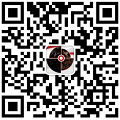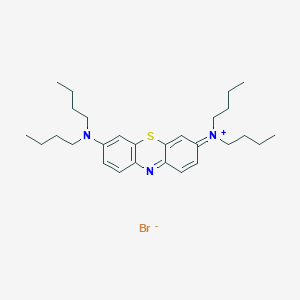
-
PPA-904
- names:
PPA-904
- CAS号:
30189-85-6
MDL Number: MFCD31544380 - MF(分子式): C28H42BrN3S MW(分子量): 532.62
- EINECS: Reaxys Number:
- Pubchem ID:11713505 Brand:BIOFOUNT
| 货品编码 | 规格 | 纯度 | 价格 (¥) | 现价(¥) | 特价(¥) | 库存描述 | 数量 | 总计 (¥) |
|---|---|---|---|---|---|---|---|---|
| YZM000823-5mg | 5mg | 97.9% | ¥ 4050.00 | ¥ 4050.00 | Backorder | ¥ 0.00 | ||
| YZM000823-1mg | 1mg | 97.9% | ¥ 1950.00 | ¥ 1950.00 | 2-3天 | ¥ 0.00 |
| 中文别名 | PPA-904(30189-85-6) |
| 英文别名 | PPA-904,30189-85-6 |
| CAS号 | 30189-85-6 |
| SMILES | CCCCN(C1=CC2=[S+]C3=C(C=CC(N(CCCC)CCCC)=C3)N=C2C=C1)CCCC.[Br-] |
| Inchi | InChI=1S/C28H42N3S.BrH/c1-5-9-17-30(18-10-6-2)23-13-15-25-27(21-23)32-28-22-24(14-16-26(28)29-25)31(19-11-7-3)20-12-8-4;/h13-16,21-22H,5-12,17-20H2,1-4H3;1H/q+1;/p-1 |
| InchiKey | LLMPBOPIZQTTLB-UHFFFAOYSA-M |
| 分子式 Formula | C28H42BrN3S |
| 分子量 Molecular Weight | 532.62 |
| 闪点 FP | No data available |
| 熔点 Melting point | No data available |
| 沸点 Boiling point | No data available |
| Polarizability极化度 | No data available |
| 密度 Density | No data available |
| 蒸汽压 Vapor Pressure | No data available |
| 溶解度Solubility | |
| 性状 | 棕黑色固体粉末 |
| 储藏条件 Storage conditions | 存放在阴凉干燥处,短期(数天至数周)在0-4℃,长期(数月至数年)在-20℃。 |
1.实验前需戴好防护眼镜,穿戴防护服和口罩,佩戴手套,避免与皮肤接触。
2.实验过程中如遇到有毒或者刺激性物质及有害物质产生,必要时实验操作需要手套箱内完成以免对实验人员造成伤害
3.实验后产生的废弃物需分类存储,并交于专业生物废气物处理公司处理,以免造成环境污染Experimental considerations:
1. Wear protective glasses, protective clothing and masks, gloves, and avoid contact with the skin during the experiment.
2. The waste generated after the experiment needs to be stored separately, and handed over to a professional biological waste gas treatment company to avoid environmental pollution.
| 产品说明 | PPA-904(30189-85-6)是一种特殊的吩噻嗪类光敏剂。 |
| Introduction | PPA-904 (30189-85-6) is a special phenothiazine photosensitizer. |
| Application1 | |
| Application2 | |
| Application3 |
| 警示图 | |
| 危险性 | warning |
| 危险性警示 | Not available |
| 安全声明 | H303吞入可能有害+H313皮肤接触可能有害+H2413吸入可能对身体有害 |
| 安全防护 | P264处理后彻底清洗+P280戴防护手套/穿防护服/戴防护眼罩/戴防护面具+P305如果进入眼睛+P351用水小心冲洗几分钟+P338取出隐形眼镜(如果有)并且易于操作,继续冲洗+P337如果眼睛刺激持续+P2393获得医疗建议/护理 |
| 备注 | 实验过程中防止吸入、食入,做好安全防护 |
| Akilov OE,et al. Optimization of topical photodynamic therapy with 3,7-bis(di-n-butylamino)phenothiazin-5-ium bromide for cutaneous leishmaniasis. Lasers Surg Med. 2009 Jul;41(5):358-65. |
| Akilov OE, et al. Photodynamic therapy for cutaneous leishmaniasis: the effectiveness of topical phenothiaziniums in parasite eradication and Th1 immune response stimulation. Photochem Photobiol Sci. |
| Morley S, et al. Phase IIa randomized, placebo-controlled study of antimicrobial photodynamic therapy in bacterially colonized, chronic leg ulcers and diabetic foot ulcers: a new approach to antimicro |
Optimization of topical photodynamic therapy with 3,7-bis(di-n-butylamino)phenothiazin-5-ium bromide for cutaneous leishmaniasis
Background and objective: Photodynamic therapy (PDT) has evolved as a promising therapeutic measure for the treatment of cutaneous leishmaniasis (CL). In particular, phenothiazine compounds have demonstrated efficacy for PDT of CL. The objective of our present study is to define the use of a new specific phenothiazine photosensitizer, 3,7-bis(di-n-butylamino)phenothiazin-5-ium bromide (PPA904) applied topically as a cream to treat CL.
Materials and methods: To establish the optimal conditions for this treatment, we compared two different ways to improve current regimens of PDT with PPA904 cream (500 microM of PPA904 in Unguentum M) by changing the duration of topical application, and by administration of several consecutive PDT procedures. An initial regimen recommended by the manufacturer (Photopharmica Co. Ltd., Leeds, UK) was maintained as a control: the cream was applied topically for 30 minutes at a final concentration of PPA904 at 500 microM, and the designated treatment area was irradiated with a broad band light source of 665+/-15 nm at a fluence of 50 J/cm(2) (50 mW/cm(2)).
Results: The best curative PPA904-PDT regimen was achieved under the conditions of a longer duration of topical application time (90 minutes) and several (three) consecutive treatments with 4-day intervals between treatments. The mechanisms responsible for such improvements (kinetics of drug penetration, depth of necrosis of the CL lesions after PDT, and daily changes in the parasitic load after PDT) are discussed in the present study.
Conclusion: Topical PPA904-PDT, implemented as described above, is a promising treatment for CL, and clinical studies will be initiated to establish efficacy in humans.
- 相关产品
-
< >
- 推荐产品
-
< >
- 最新产品
-
< >
新闻
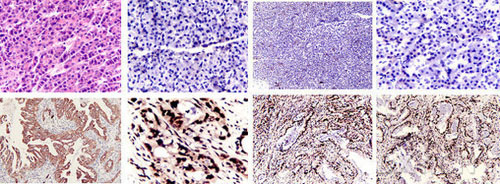
怎么做细胞爬片免疫组化染色实验
细胞爬片免疫组化染色,是通过细胞爬片是让玻片浸在细胞培养基内,细胞在玻片上生长,主要用于组织学,免疫组织化学...
2020/7/20 22:04:33
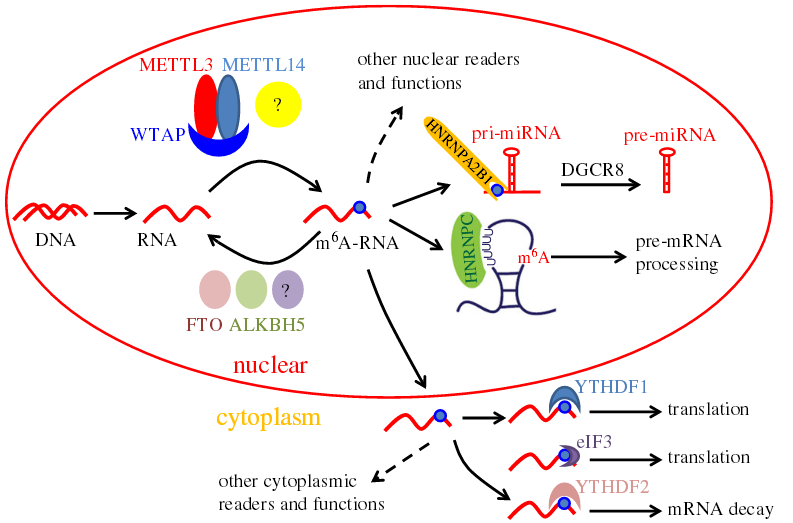
提取病毒RNA的实验方法
提取病毒RNA方法分别有:异硫氰酸胍的提取病毒RNA方法、TRIzol LS提取法、Trizol法提取法等等...
2020/7/22 20:29:26
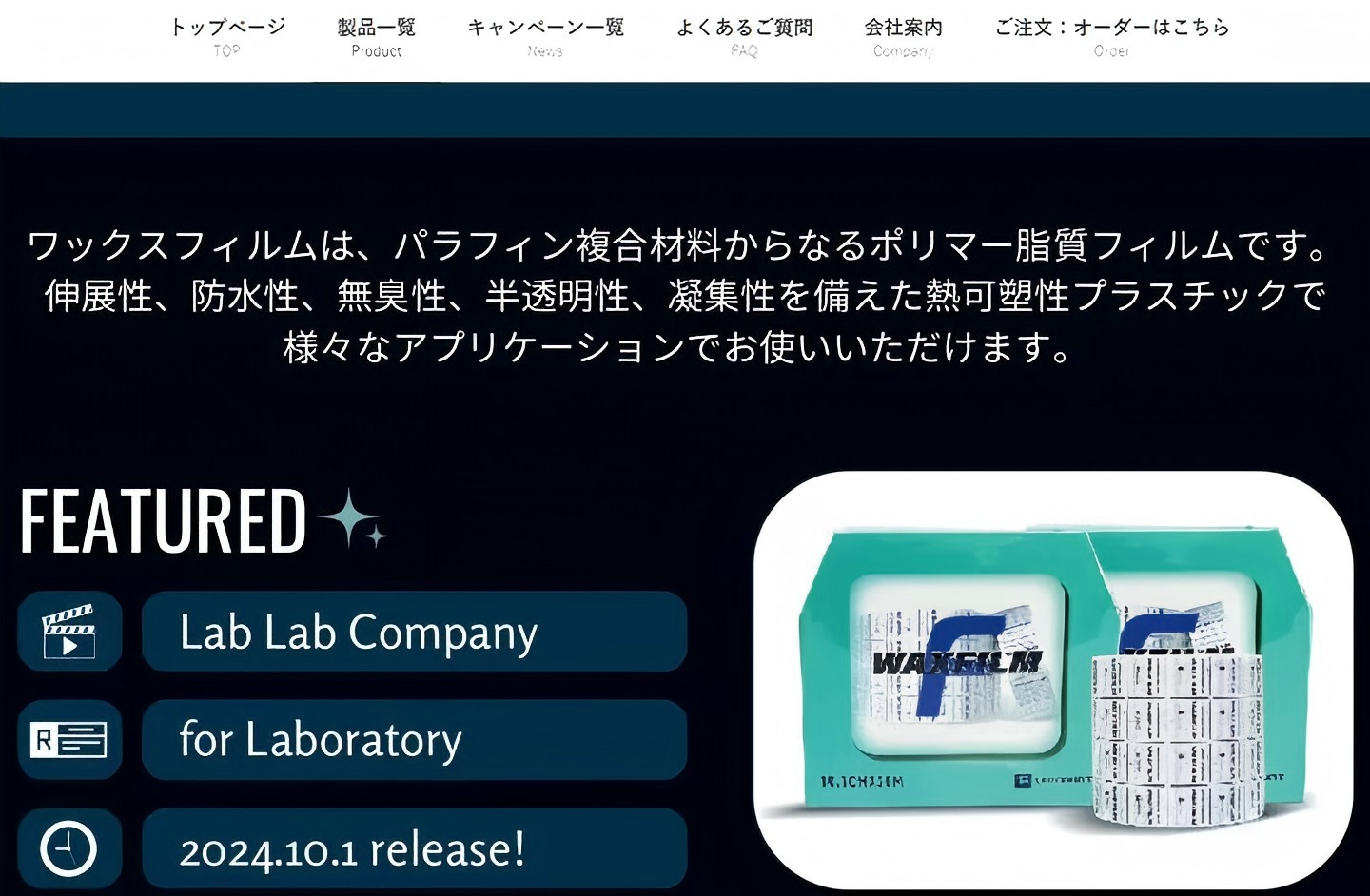
Waxfilm 实验室封口膜:技术与国际市场的双重突破
在实验室耗材领域,封口膜是保障实验准确性与稳定性的关键产品之一。近年来,Waxfilm?实验室封口膜凭借其卓...
2025/5/13 13:03:40
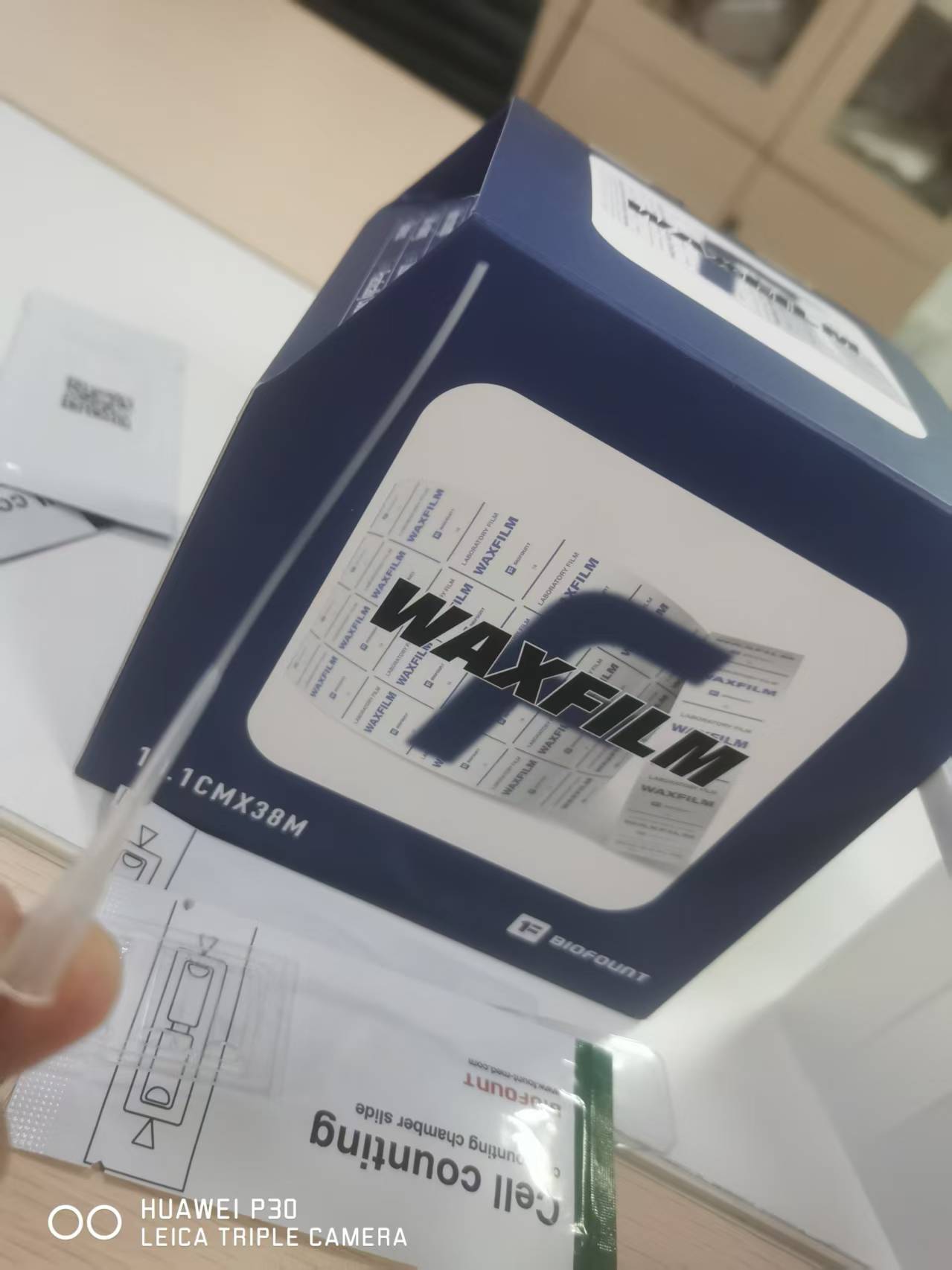
Waxfilm实验室封口膜的5大突破
Waxfilm实验室封口膜作为生物功能膜领域的国产技术突破和品牌突破,是生物领域中国技术发展的缩影。
2025/5/6 17:02:07
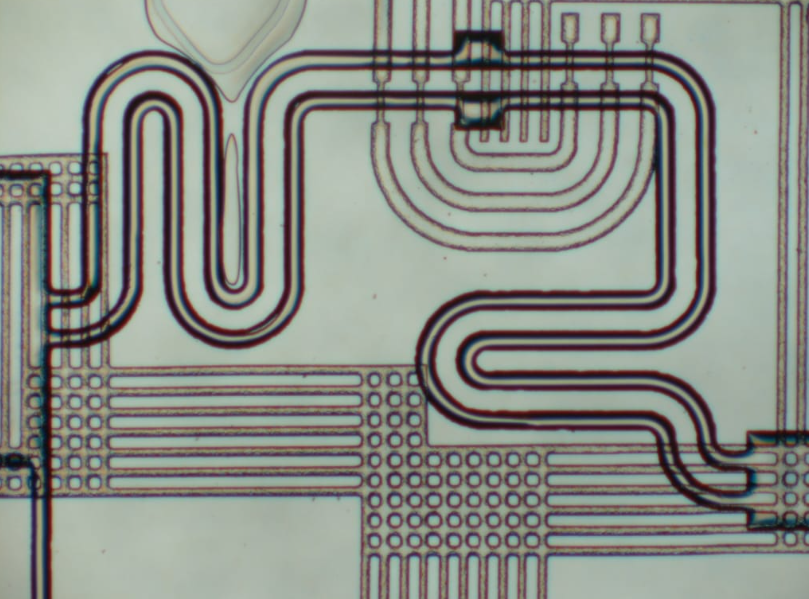
各种微流控芯片键合方法的优缺点
微流控芯片键合:目前主要有激光焊接、热压键合、胶键合、超音波焊接,每种方法都有各自的优缺点。本文主要介绍聚酯...
2023/7/28 10:43:09
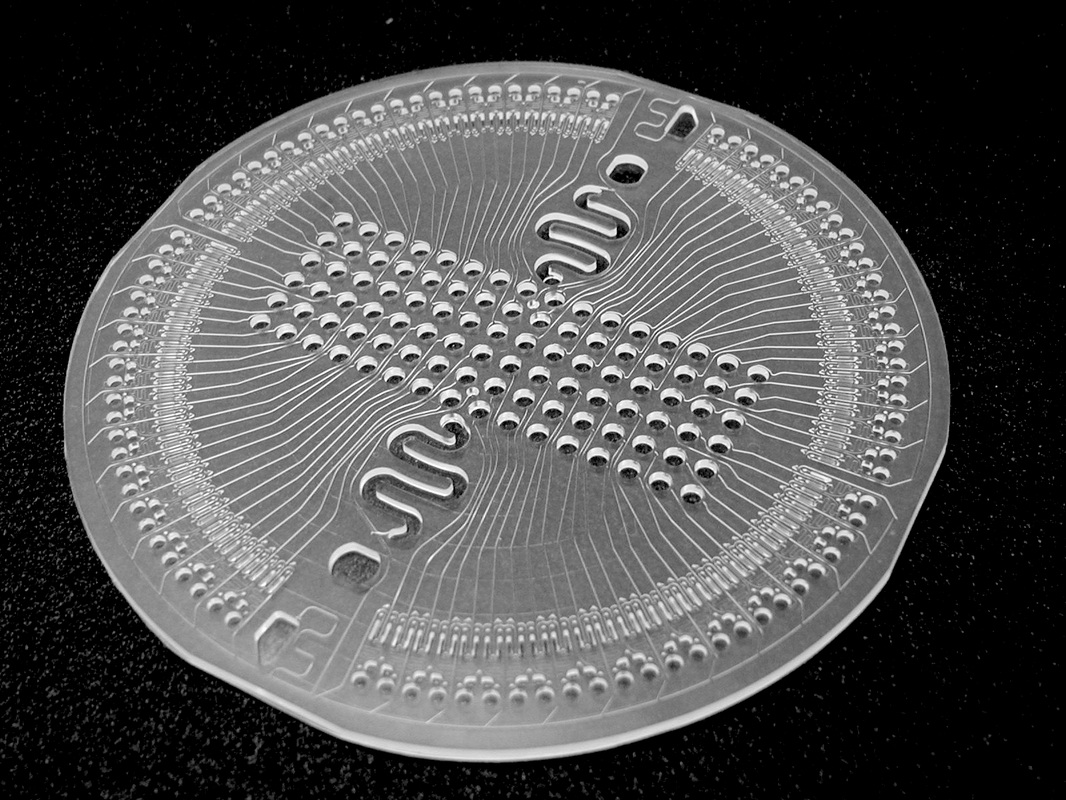
新一代微流控键合解决方案
微流控键合解决方案:微流控芯片制造的一个重要环节,也是最容易被忽视的--芯片键合。其中一个重要因素是:微流控...
2023/7/27 12:44:28
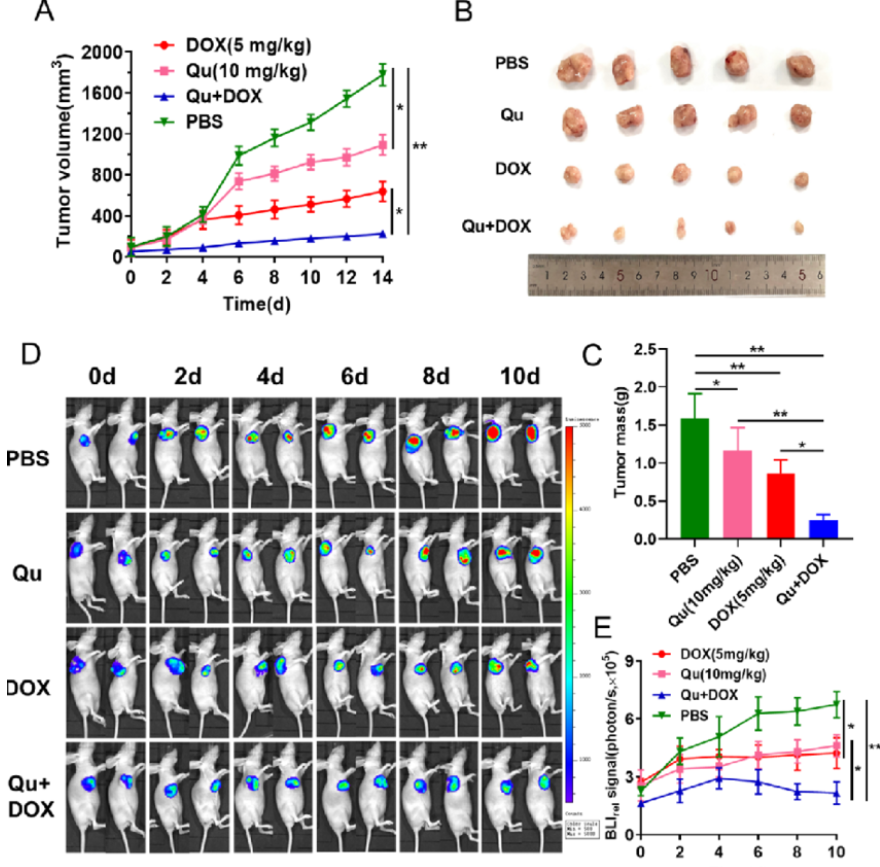
荧光素钾盐使用说明
D-荧光素钾盐(K+)设计用于体外和体内生物发光测定。D-荧光素的质量和纯度对于获得良好和可重复的结果至关重...
2023/7/20 11:05:11
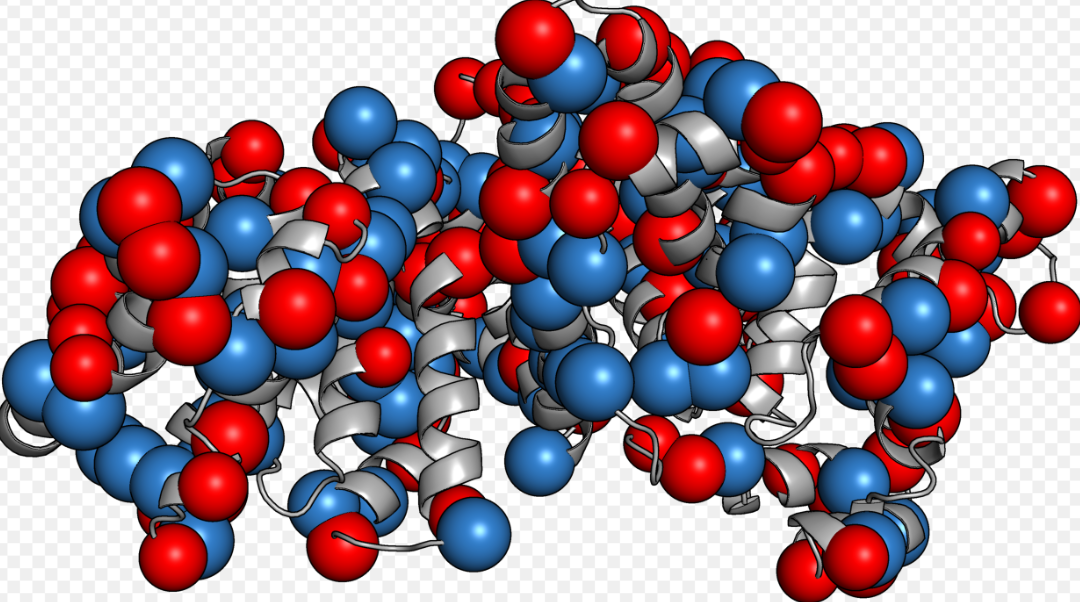
如何选BSA(牛血清白蛋白)
如何选BSA(牛血清白蛋白):牛血清白蛋白(BSA)有多种形式,如何选择适合自己的牛血清白蛋白(BSA)是一...
2023/2/14 13:09:18
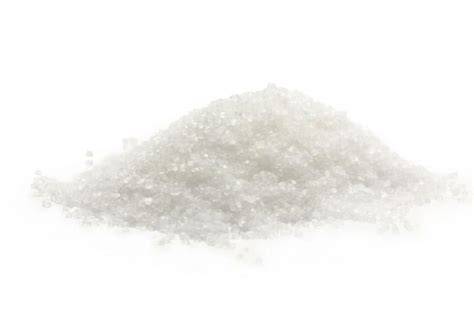
牛血清白蛋白(BSA)常见问题
牛血清白蛋白(BSA)常见问题:牛血清白蛋白(BSA)在实验室中是通用的,可用于蛋白质印迹、细胞组织培养、P...
2022/10/19 9:39:51

pubmed使用方法(技巧)
pubmed使用方法(技巧):PubMed是一个关于医学问题的学术文章和书籍的数据库。因为它是一份学术期刊,...
2022/10/18 18:06:07




 购物车
购物车 



